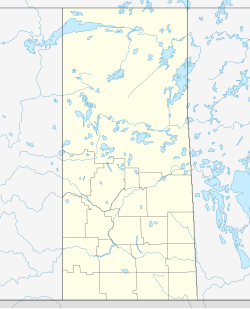This article needs additional citations for verification .(October 2025) |
Village of Mclean | |
|---|---|
Village | |
Location of Mclean in Saskatchewan | |
| Coordinates: 50°31′01″N104°04′01″W / 50.517°N 104.067°W | |
| Country | Canada |
| Province | Saskatchewan |
| Region | Saskatchewan |
| Census division | 6 |
| Rural Municipality | South Qu'appelle |
| Post office Founded | The post office in McLean, Saskatchewan, was established on April 1, 1884. John Davis was the first Postmaster, serving from 1884 until 1889. |
| Incorporated (Village) | The village was established in 1913, dissolved in 1919, re-established in 1966. |
| Government | |
| • Mayor | Chris Bailey |
| • Administrator | Melody Temrick |
| Area | |
| • Land | 1.32 km2 (0.51 sq mi) |
| Population (2021) | |
• Total | 392 |
| • Density | 297/km2 (770/sq mi) |
| Time zone | CST |
| Postal code | S0G 3E0 |
| Area code | 306 |
| Highways | Highway 1 & SK 620 |
| [1] [2] [3] [4] | |
McLean (2021 population: 392) is a village in the Canadian province of Saskatchewan within the Rural Municipality of South Qu'Appelle No. 157 and Census Division No. 6. It is on Highway 1 between Qu'Appelle and Balgonie. The village of McLean is located in South Central Saskatchewan on the Trans-Canada Highway and is the highest point on the Canadian Pacific Railway mainline east of the Rockies. It is about 37 kilometres (23 mi) east of the Regina.


